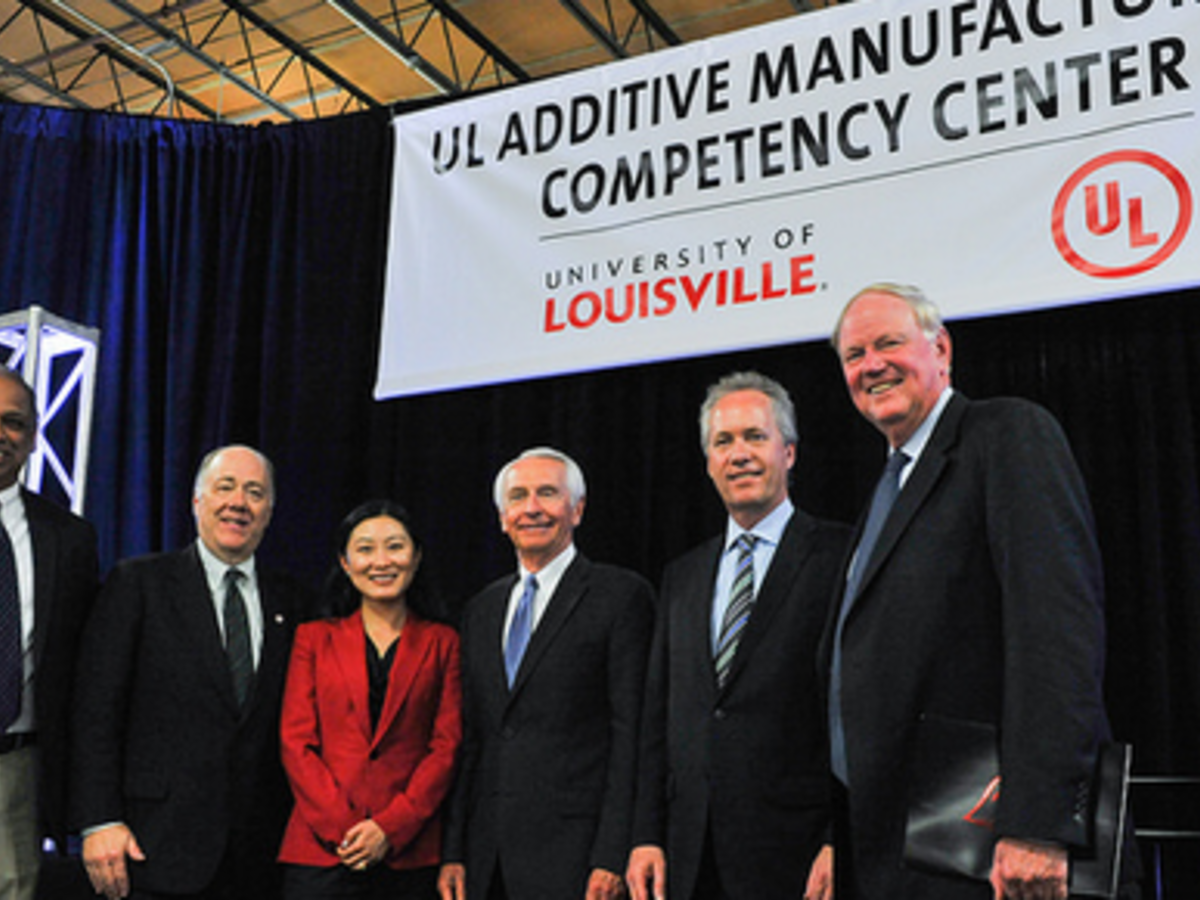June 5, 2015
Malleable, fusible and ductile, many metals are shaped, molded and stamped into the cars, planes and construction materials that enable modern life. But manufacturing metals in small quantities is expensive, and customization is difficult.
With new additive manufacturing techniques, creating metal prototypes can now be done much more quickly. With this technology, new shapes are possible, and the cost of tools and materials has gone way down. Once limited to plastics, additive manufacturing has expanded to include many other materials, including a wide variety of metals.
These developments have led manufacturers of airplanes, oil and gas equipment, healthcare implants and industrial machinery to embrace additive manufacturing. No longer limited to prototyping, additive manufacturers are printing metal replacement parts.
With the emergence of additive manufacturing using metals, engineers face a new set of challenges. In particular, as the scale of this type of manufacturing increases, rigorous management systems are essential to the safe handling of the large quantities of metal powders used in this production. Engineers and advanced technical operators need to know how to identify hazards and how to build safety into product design.
All of this innovation brings enormous benefits to the modern world, while posing potential safety and quality challenges given the pace of change. In response to these challenges, UL and the University of Louisville announced the opening of the UL Additive Manufacturing Competency Center to bridge the knowledge gap among practitioners of this cutting-edge field and help additive manufacturing to thrive in the modern world.
Elected officials, university administrators and corporate executives all participated in an event this month to unveil plans for the new hands-on training center for additive manufacturing.
Dr. Neville G. Pinto, dean of the J.B. Speed School of Engineering at the University of Louisville, introduced the partnership. UL CEO Keith Williams discussed the importance of academic-industry partnerships to UL’s customers. Dr. James Ramsey, University of Louisville president, also talked about the benefit to the university community of this initiative.
Kentucky Gov. Steve Beshear and Louisville Mayor Greg Fischer emphasized local prowess in advanced manufacturing and the new investment and jobs anticipated as a byproduct of this collaboration. Lastly, Simin Zhou, UL’s vice president of Digital Manufacturing Technologies, shared her vision for the training center and its focus on metals.
Set to open this fall, the new center will offer hands-on training in additive manufacturing for metals and curriculum covering design set-up, design corrections, machine set-up, part production, post-processing and parts inspection, testing and validation. More information is available at https://www.ul.com/news/ul-university-louisville-open-center-additive-manufacturing-training
Pictured above are, from left, University of Louisville Dean Neville Pinto, UL CEO Keith Williams, UL Vice President of Digital Manufacturing Technologies Simin Zhou, Kentucky Gov. Steve Beshear, Louisville Mayor Greg Fischer, and University of Louisville President Dr. James Ramsey.




